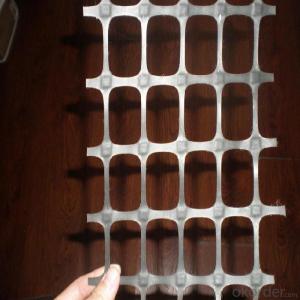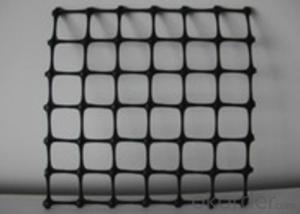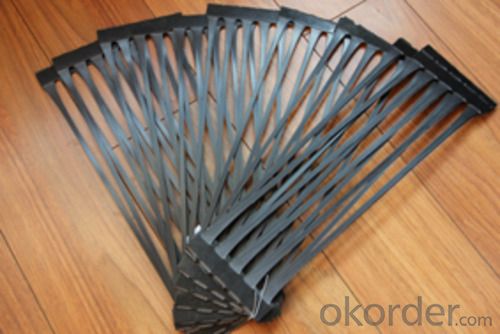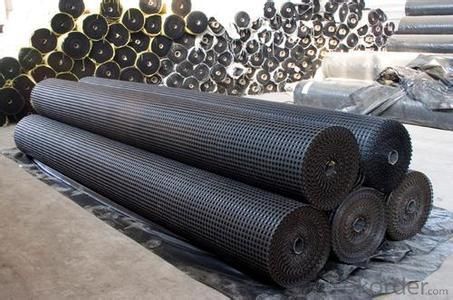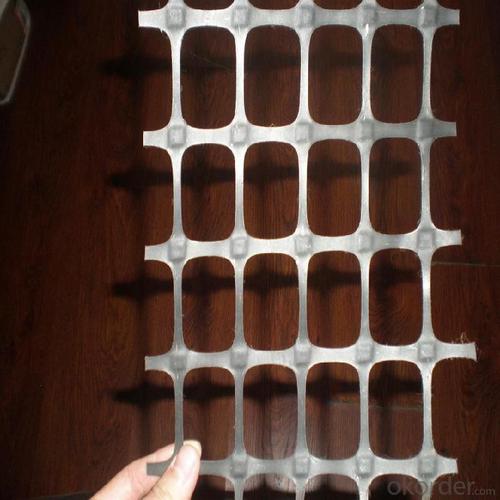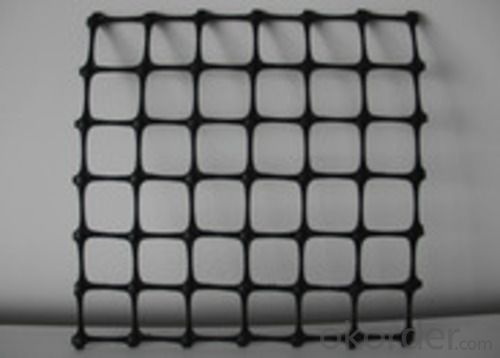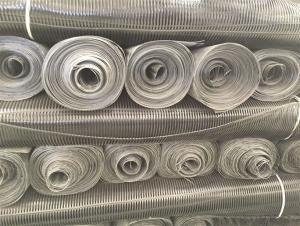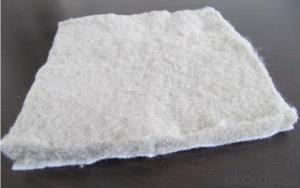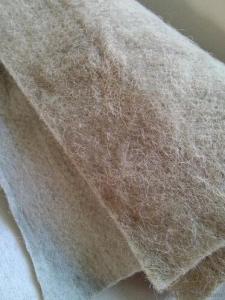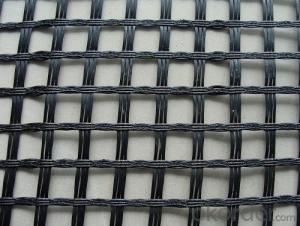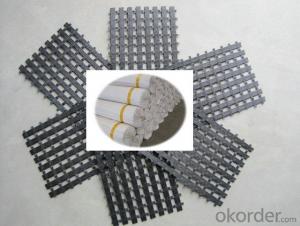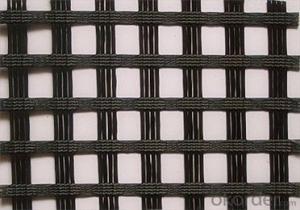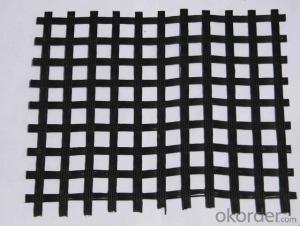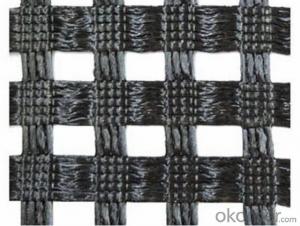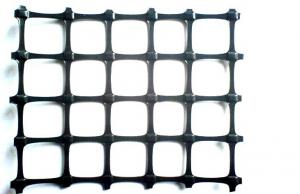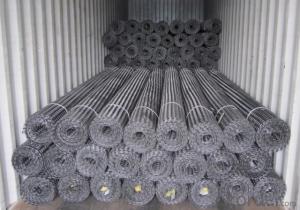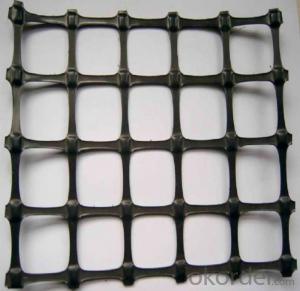Naue Geogrids Black PP Geogrid for Softbed Foundation
- Loading Port:
- Qingdao
- Payment Terms:
- TT OR LC
- Min Order Qty:
- 30000 m²
- Supply Capability:
- 1000000 m²/month
OKorder Service Pledge
OKorder Financial Service
You Might Also Like
Structure of Black PP Geogrid
Black PP Geogrid is High tensile strength at both longitudinal and transverse direction,
Soft foundation reinforcing for hightway,railway, slope protecting projects, landfill sites
Main Features of the Black PP Geogrid
fiberglass geogrids
Corrosion resistance, no long-term creep, long life span.
Good physical and chemical stability and good thermal stability.
Light weight, high tensile, corrosion resistance
Road maintenance and reinforcement
Packaging & Delivery
| Packaging Details: | PP bags or PE film. Or Packed as customers' requests. |
| Delivery Detail: | 10-20days after the contract is effective |
Black PP Geogrid Images
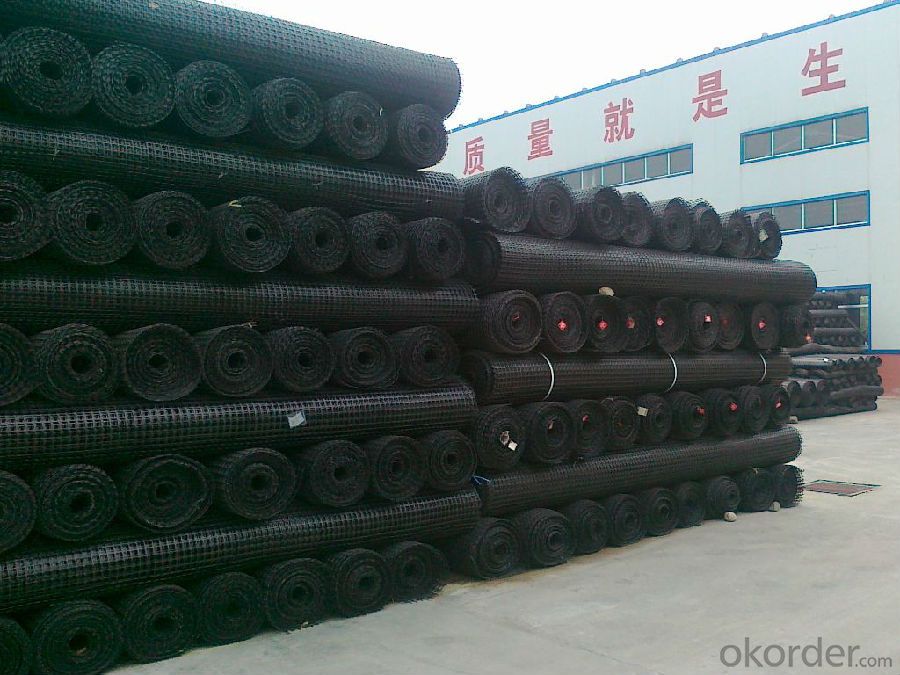

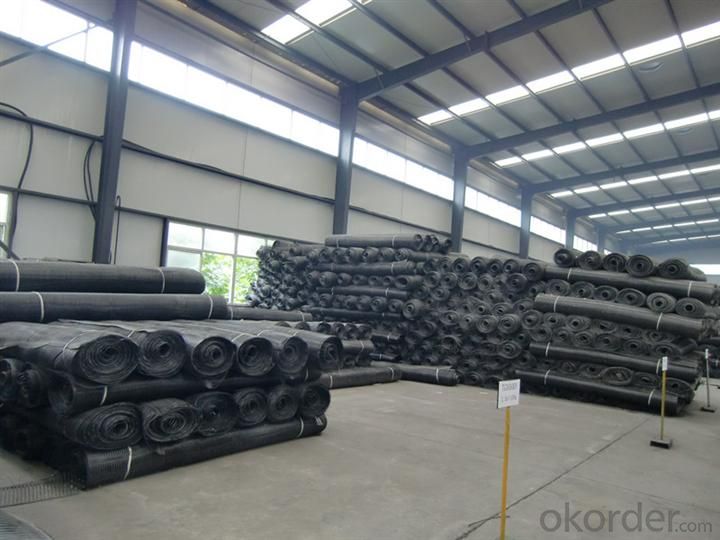
Black PP Geogrid Specification
Roadbed reinforcement of road and railway,crack prevention,increase of roadbed strength;
Reinforcement and stabilization of riverside,embankment and side slope;
Dyke reinforcement on soft ground for stress evenness,sedimentation adjustment,increase of stability and loading capacity of fundus;
- Reinforcement of soft soil foundation and overall strength of roadbed
| Specification | EGA30-30 | EGA50-50 | EGA80-80 | EGA100-100 | EGA120-120 | ||
| Mesh size(mm) | 25.4×25.4or12.5×12.5 | ||||||
| Breaking strength≥(KN/m) | Warpdirection | 30 | 50 | 80 | 100 | 120 | |
| Across warp | 30 | 50 | 80 | 100 | 120 | ||
| Elongation at break≤(%) | Warp direction | 3 | |||||
| Across warp | 3 | ||||||
| Elasticity modulus(GPA) | 67 | ||||||
| Thermal tolerance() | -100~280 | ||||||
FAQ
We have organized several common questions for our clients,may help you sincerely:
Q: How about your company?
A:Our company are one of the largest geosynthetic products supplier in the world.We have the products experience more than 20 years.Already export to USA/Germeny/Australia/Zambia/Brazil etc.more than 20 countries.Almost 10years.Our products including Geocell/Biaxial Plastic Geogrid/Geomembrane/Geotextile/Geonet etc.
Q.Does your products have good qualitity?
A:Yes,we have do many big projects such as the 2008 Beijing Olympic BIRD NEST. Divert water from the south to the north project. And our products have CE certificate also.
Q:How long can we receive the products after purchase?
A:In the purchase of product within three working days, We will arrange the factory delivery as soon as possible. The pecific time of receiving is related to the state and position of customers.Commonly 15-20 working days can be delivery.
- Q: Geogrid TX160 what does that mean?
- The geogrid is made of polypropylene, polyvinyl chloride and other high molecular weight polymers by hot pressing or molding
- Q: What are the differences between three different types of geogrids?Unidirectional geogrid, two-way geogrid plastic, geogrid, warp knitted geogrid and fiberglass geogridWhich is the best place in Guangzhou geogrid Zhejiang geogrid in Tianjin?
- The geogrid is divided into plastic geogrid according to the material
- Q: How do geogrids improve the bearing capacity of foundations?
- Geogrids improve the bearing capacity of foundations by providing reinforcement to the soil, increasing its strength and stability. They distribute the load more evenly across the soil, reducing settlement and potential failure. Additionally, geogrids can prevent lateral movement of the soil, enhancing the overall performance and longevity of the foundation.
- Q: What are the typical dimensions and sizes of geogrids?
- Geogrids typically come in varying dimensions and sizes, depending on the specific application and engineering requirements. However, common dimensions for geogrids range from 1 to 6 meters in width and 50 to 100 meters in length. The size of the apertures or openings in the geogrid can also vary, typically ranging from 20 to 50 millimeters. It is important to consider the specific project needs and consult with an engineer to determine the most suitable dimensions and sizes for geogrids.
- Q: How do geogrids improve soil confinement?
- Geogrids improve soil confinement by effectively distributing the applied loads across a wider area, reducing the concentration of stress on the soil. This prevents soil displacement and improves overall stability, ensuring that the soil remains confined and compacted.
- Q: Do geogrids provide reinforcement to geosynthetic asphalt liners in reservoirs?
- No, geogrids do not provide reinforcement to geosynthetic asphalt liners in reservoirs.
- Q: Can geogrids be used for reinforcement in railway tracks?
- Yes, geogrids can be used for reinforcement in railway tracks. Geogrids are often used to improve the stability and load-bearing capacity of railway tracks by providing additional reinforcement and preventing soil movement. They can help distribute loads more evenly, reduce settlement, and improve overall performance and longevity of the tracks.
- Q: Do geogrids affect groundwater flow?
- Yes, geogrids can affect groundwater flow. Geogrids are often used in construction and civil engineering projects to stabilize soil and prevent erosion. They can create a barrier that restricts the movement of water, altering the natural flow of groundwater. However, the extent of this impact depends on the specific design and installation of the geogrids, as well as the local geological conditions.
- Q: Are there any design guidelines for using geogrids in reinforcement applications?
- Yes, there are design guidelines available for using geogrids in reinforcement applications. These guidelines provide recommendations for selecting the appropriate geogrid type, determining the required strength and stiffness properties, and specifying the proper installation methods. The guidelines also outline factors such as soil characteristics, loading conditions, and project requirements that need to be considered in the design process. Adhering to these guidelines ensures the effective and efficient use of geogrids in reinforcement applications.
- Q: Which is the high price of steel plastic geogrid and fiberglass geogrid
- If you take the worst plastic steel and the best glass fiber ratio, the latter price is high
Send your message to us
Naue Geogrids Black PP Geogrid for Softbed Foundation
- Loading Port:
- Qingdao
- Payment Terms:
- TT OR LC
- Min Order Qty:
- 30000 m²
- Supply Capability:
- 1000000 m²/month
OKorder Service Pledge
OKorder Financial Service
Similar products
Hot products
Hot Searches
Related keywords




